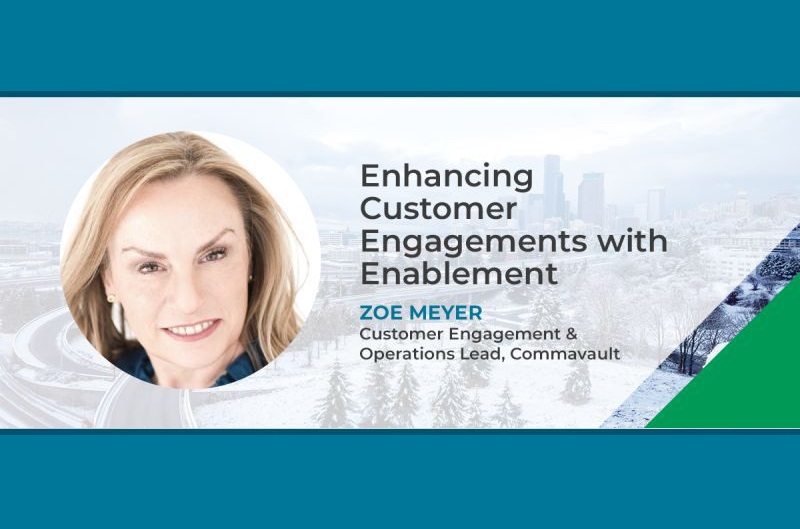You are a new hire at a company or a current employee charged with starting a customer reference & advocacy program.
The first thing that comes to your mind is—where do I start?
Save yourself some time and a few headaches by reviewing these top 5 pitfalls to avoid:
1. Creating the Program Without Executive Support
Many customer reference programs are created out of necessity. It may begin with a request from a prospect to speak with a customer, or you need a customer to speak at a field marketing event.
It is easy to get caught up in the ‘sense of urgency’ in helping with these kinds of requests. Staying reactive, however, doesn’t allow you to take a step back to lay out a strategic plan to bring internal stakeholders together around a common goal – the Customer.
Even when you are hired into a company with the specific purpose of creating a customer reference and advocacy program, you cannot assume that there is executive support to drive the change and garner the resources necessary to be successful.
What you can expect is that there is a desire for you to put a plan to paper and rally the internal troops. Include an executive sponsor in your plan – you will be glad you did!
2. Implementing the Latest Reference Management Technology Before Your Program Framework Is in Place
Let’s say you have avoided pitfall #1 and you have executive support and have secured a budget to start the program. What’s next?
Save yourself time and expense of getting the latest technology before you have a program framework in place. By technology, I mean a database to house the customer information you will capture as you enroll customers in your program.
A database requires continual attention – it needs to live and breathe, meaning someone needs to ensure the data is recent and accurate, as this creates trust with your internal stakeholders. A database that is integrated with other internal systems can also drive efficiencies for you and your program, including reporting.
I have learned about this pitfall from my own experience. I was hired to set up the framework, including technology, to support the relaunch of a customer reference and advocacy program.
The company had a database in place that housed the customer reference data with a few workflows set up with the sales CRM tool. It was only being widely used within the customer reference team.
I was at a cross-road: option A – uninstall the software and reinstall once the program framework was in place, or option B – forge ahead and re-configure the technology to fit the requests made by the internal stakeholders. We chose option B given our desired launch date. In the end, I wished we had gone with option A.
Think in terms of people, then processes, then technology. Learn how to build a program foundation first, work out any kinks, and then you are ready to automate.
3. Launching the Program with No Communication or Promotional Plan
Have you heard the saying, ‘If you build it, they will come’? Sounds great, even easy but is this the best approach? How can the program grow or be successful if few people know about it?
Getting to a launchable program, has taken a lot of time and energy. There were many people who may have assisted you to this moment. This is the time to be shouting from the rooftops!
If people see you have thought out the program and its communication, then the sales teams are more likely to introduce you to their customers, who will be the heart of the Program.
4. Underestimating What Is Needed for Program Success
A customer reference and advocacy program, once launched, can become never-ending in the opportunities you have to offer your happy customers to engage with your brand. This is a great problem to have, right?
Wrong.
This comes from offering too many activities in your program that do not match the few resources you have to follow up on the requests from internal stakeholders or engage with your customers. Before you know it, you are working 60+ hours per week and there is no end in sight.
Setting goals and the metrics by which you will measure program success go a long way in gaining support by executives, as well as other internal stakeholders. Don’t be shy about reporting your program results and do so regularly.
Reporting is an opportunity to level-set expectations and grow or realign your resources for success.
5. Thinking You Are Alone in the Journey to Create a Customer Reference and Advocacy Program
In the last ten years, the customer marketing field, including customer reference and advocacy programs, has become an increasingly recognized, must-have discipline in many organizations. If you have accepted the challenge of creating such a program for your organization avoid the pitfall of thinking you have to come up with all the ideas by yourself.
Ultimately, you are not alone in this journey and many have come before you whom you can tap for guidance. Join a LinkedIn group or #customerreference or #customeradvocacy on LinkedIn and explore the possibilities to connect with like-minded peers.





